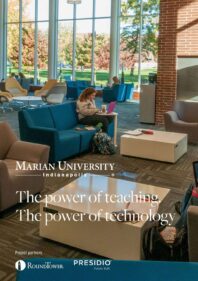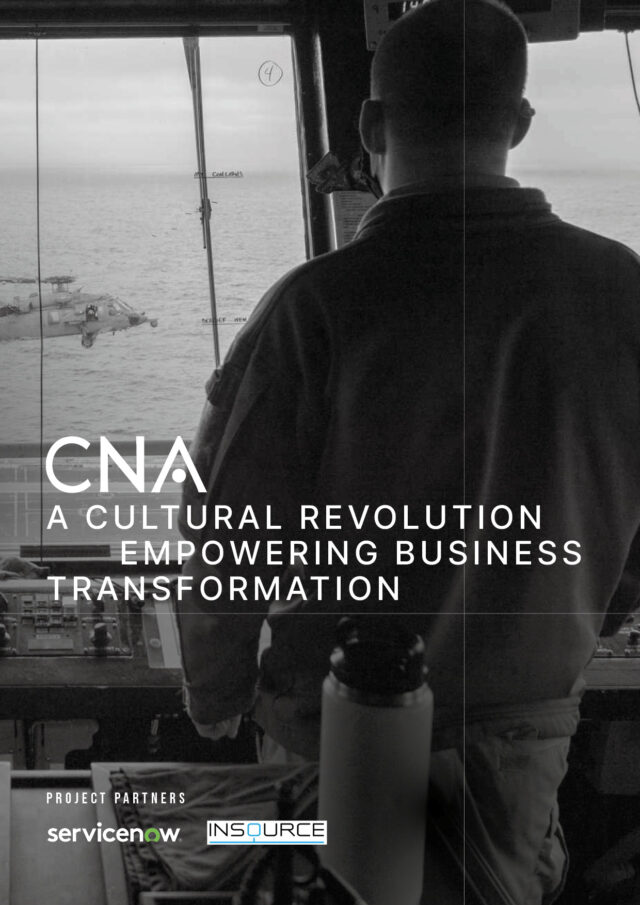Ray Stanley, CIO and VP of Marian University, tells us how an IT strategy empowers the student to unlock their potential…
Technology is an enabler. Whether it enables us to pay our bills, stream media, do our jobs or simply access more information, technology is the crucial cog in our everyday lives. When we talk of technology in business, we think of huge digital transformations, IT architectures and omni-channel experiences to better understand and ultimately serve the customers, but what do we think of with regards to technology in higher education? Are investments in technology in this space purely to serve the needs of the business (in this case a college, or a university) or to serve the needs of the student? If it is purely the latter, then the technology is implemented with the faculty members in mind. To look at it from a business perspective, the technology conversation remains the same; the stakeholders have different needs and the number of them is considerably more. “In higher education, we have many different groups of customers. We have the staff, faculty and students and so being a driver of technology is critical,” explains Ray Stanley, CIO of Marian University, a higher education facility that services nearly 4,000 students in Indianapolis, USA. “But you also have to make sure that you’re listening to your entire customer base as a whole and that you’re understanding and aligning with the trends in higher education.”
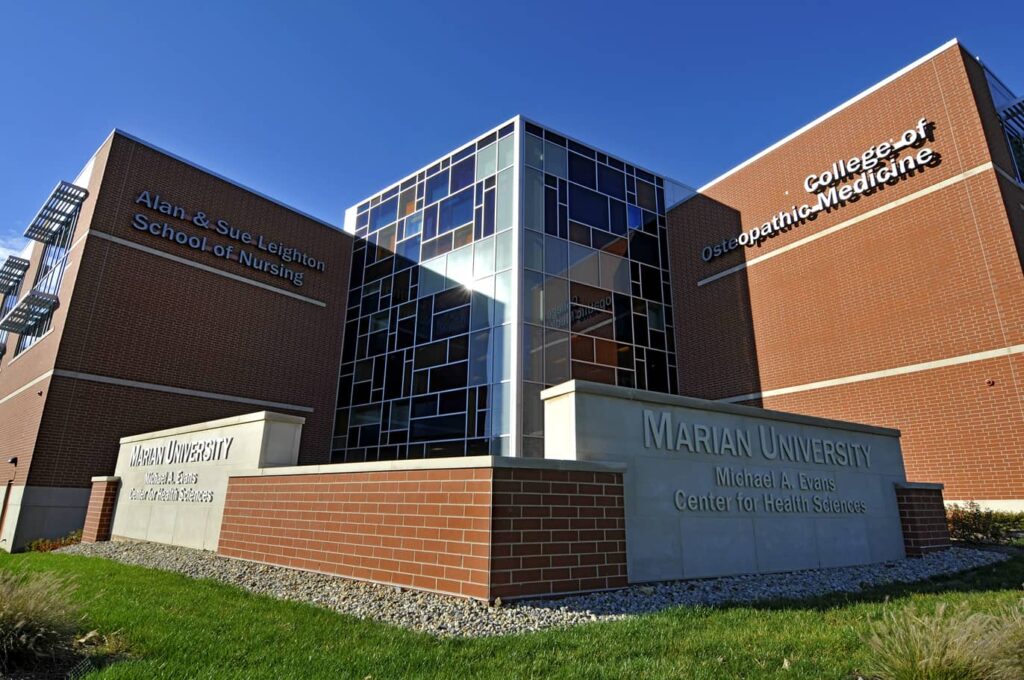
A technology man by trade, Stanley joined Marian University back in 2016 with a career defined by what he describes as a mix of “corporate” and government IT. He moved to Marian University at a time where it had grown exponentially and needed to reinvigorate its IT and technology architecture to cater to the ever growing demands of the student. Stanley acknowledges the differences of working in higher education, particularly when coming from a corporate background. “It’s much different in corporate America, where IT can completely dictate direction and technology adoption a lot of times. As long as they partner with the business units, they can kind of dictate the path as far as where the technology is going to go,” he says. “In higher education, the industry kind of forces you to go where it needs to go in its offerings. You also cannot force technology and expect adoption. You’re not here to support a business to make a profit, your goal is to support the faculty to instruct a student for successful graduation and it’s a completely different mindset and a completely different model.”
Despite the different model and mindset, Stanley finds it an incredibly rewarding job and admits that he feels truly blessed to see students he’s worked with, and knows personally, achieve their goals thanks in part to the work he is doing with the university. “It’s a very different feeling to producing profit for somebody,” he says. “Your goal is to not produce widgets, it’s to successfully move that student forward in their lives, and to play a part in that is so incredible.”
A common talking point in any IT discussion in business is how the IT function can become stronger and more effective as a partner to the business, rather than simply a separate office that is only needed when required. In higher education, and indeed Marian University, this is an important and ever-evolving conversation due to the needs of the most important stakeholder: the student. Students demand more and as a university that offer a multitude of degrees ranging from Doctoral of Ostephathic Medicine, Nursing and Biomed Sciences to Management, Marketing, Exercise Science and several other Arts and Sciences, where the technology needs to be truly leading-edge.
“We have a leading College of Osteopathic Medicine and top tier Nursing School where a lot of the technology we’re using is unbelievable,” says Stanley. “We have an assortment of full Simulation Labs where students learn through several technical avenues. In short order, we’ll be introducing a new 3D simulated operating table. It is a large touch-screen operating table with an image of a body on it. Students can use the touch-screen to stretch, open, twist, enlarge, and shrink the 3D images. It really gives students another level of hands-on learning that will help them better understand their practice, and ultimately more competitive for top residencies and jobs as they graduate.”
Technology is a partner for the faculty for instruction, for students, for learning and for their on campus life. It’s critical and it’s certainly very interwoven into every part of the university campus. In Stanley’s own words; gone are the days of chalkboards as there is no room for a university or college to be behind the times because they will quite simply be forgotten. “Students want mobility. They want mobile apps. We are working to grow with the students to provide their mobility needs,” he says. “You have to evolve with the students and the faculty has to evolve with the students. Anyone who’s instructing any class has to make sure that they’re maintaining a level of technological demand that the students expect.”
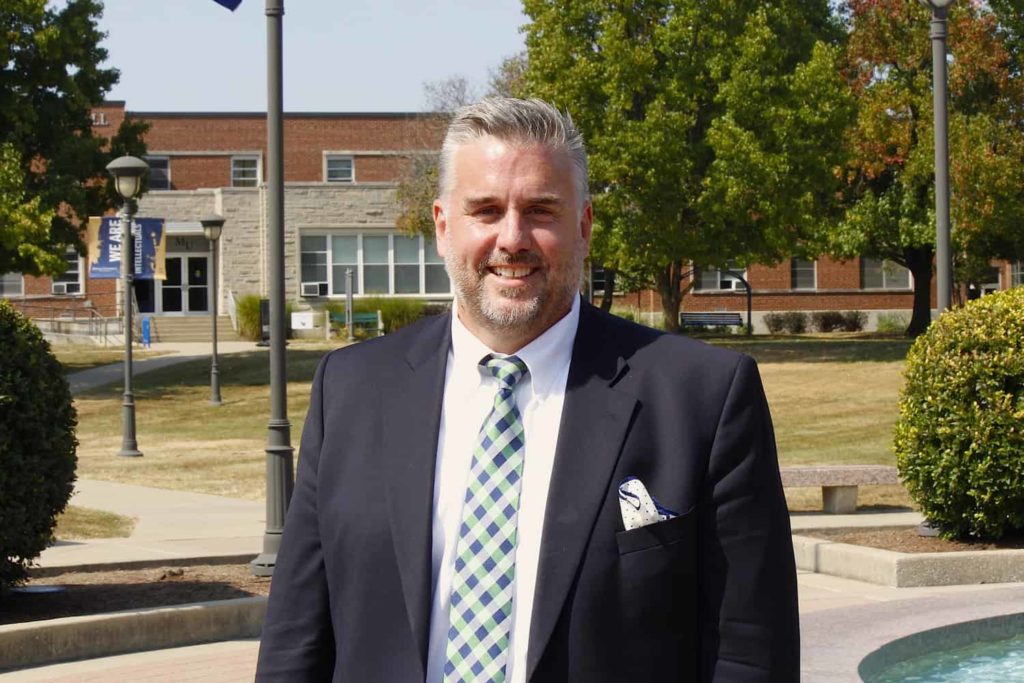
As part of his remit with the University, Stanley was tasked with looking at putting the pieces together to fix what he describes as ”technical broken glass”. This consisted of a number of cybersecurity holes, a lack of clear technology policies and an overall complex infrastructure. Over the past four years, he has focused largely on cyber security as his number one priority. Given the increasing connectedness of every part of the student experience, this was a no brainer. Working with a number of partners, Stanley and his team are constantly training and testing faculty staff and students on a regular basis in order to ensure that they are at a very high level that’s required with regards to understanding cybersecurity and better protecting their data and that of the faculty. “We’ve also had to really beef up our infrastructure in terms of internet bandwidth,” he adds. “Wi-Fi, of course, is huge for students. We went from a single one gigabyte pipe coming into campus to where we have two 10gb connections coming in and right now we are also getting ready to bring a third vendor in so we have a three-way composite if one goes down.”
With a number of years focused on getting cyber security, networking and infrastructure to the required levels of a growing university, eyes are now focused on a significant cloud migration that will see Marian University leave the data center days behind. Breaking away from the traditional (and ultimately costly) colocation approach represents a big change for Stanley and his teams. “We talked about the mobility that students demand and to be honest, there really weren’t a lot of mobile devices on campus, other than cell phones when I got here,” he adds. “We were tethered to PCs and we had a few iPads and so we have flipped that on its head. We really don’t invest in PCs anymore. Everything is on laptops now. So, we’ve really had a monumental shift in our technology exposure over the past four or five years and I think that will change even more the next four or five years.”
When operating in the technology space, making big investments and implementing new processes and new solutions the pressure to provide real tangible results is high. This is only natural and the pressure is no different for Stanley and the higher education sector. In the corporate IT space, results can be defined by cost savings or an upswing in customers but what is a key measure of success for Marian University? For Stanley, it goes back to the student. The student and the success of the student are what drives the IT strategy.
“For us we look at the retention rates. If we have a student on campus and the classes aren’t what they expect or the technology experience isn’t what they want, they’ll go somewhere else and that’s very well documented,” he says. “So, we’ve really helped increased our retention rates through a positive student-IT experience. At 83% our retention rates are above the national average, which is a big number. Most colleges or universities aren’t nearly at that level. So, there’s a big focus there on retention.”
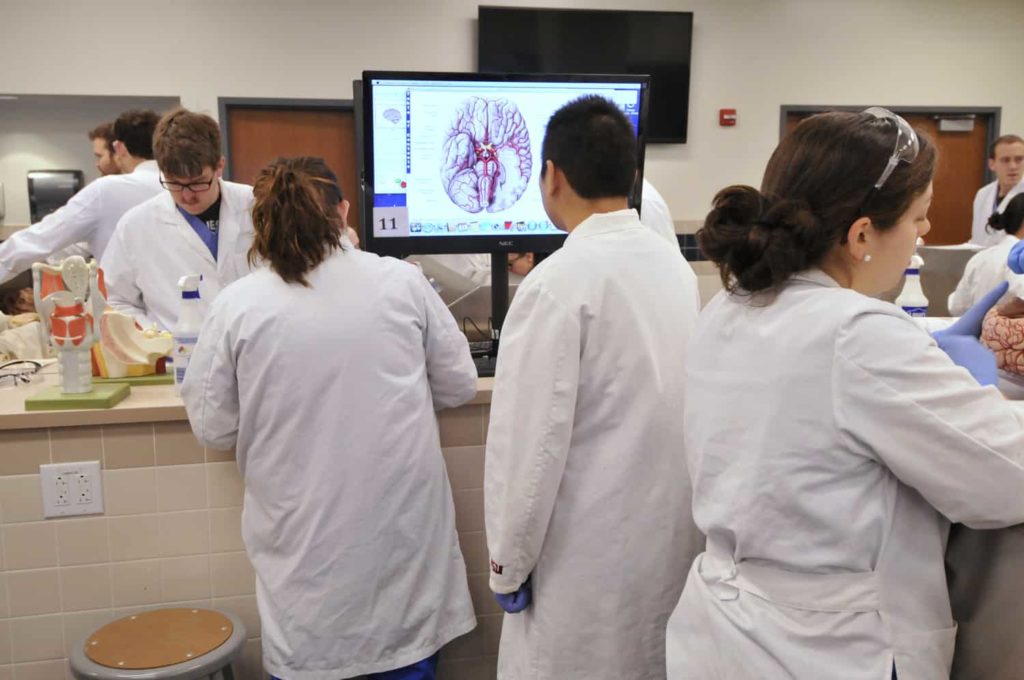
Elsewhere, and also feeding into this retention focus, Stanley continuously monitors the technology provided to the advancement team as well as the functionality of the fundraising and the ability to reach deeper into a fundraising network as well as admissions. Marian University has completely revamped the student information system and recruiting system and as a result of this has seen record enrollment for its first full-time freshman student class in 2020. Stanley attributes a lot of this success directly to the investments that are being made in technology.
The technology space is over saturated with shiny new digital solutions that will claim to fix any problem and solve any challenge and in turn, the conversations become dictated by buzzwords and “sexy” technologies. Headlines focus on Artificial Intelligence (AI), Machine Learning, Blockchain, Big Data and one could be forgiven for feeling somewhat overwhelmed or worse, focusing on the solutions that don’t have any real relevance to their own particular challenges. Stanley is aware of this challenge and points to a key example that is currently a hot trend for the higher education space. “We’re investigating keyless door entry into the residence halls. It could be a key differentiator for us. Now, there are a lot of new technologies out there that allow you to take a phone, using Bluetooth, to scan your door to open it,” he says. “Suddenly, students don’t need a key anymore and I can use a phone to go to the dining hall, Subway, or Starbucks as well. It’s a great opportunity, but we need to perform the homework to ensure it provide the best return of our investments.” This is a challenge that has only been exacerbated in recent times following the COVID-19 pandemic. Stanley points to the shifting needs of business and how that had created a flooding of the market with solutions that were almost pitted as a silver bullet for many. He admits that yes, some were, and are, right for the University, but what’s important for him is to recognize and acknowledge the “imposter companies”. These “imposter” companies were, as Stanley notes, just showing up making it really difficult to find a real solution that provides benefit versus something that acts like it’s going to produce benefit. Key to overcoming this has been the way in which the University works with its external partners. One such partner is EDUCAUSE, a nonprofit association in the United States whose mission is “to advance higher education through the use of information technology”.

“We spend a lot of time with them and we have a group of 30 in Indiana made up of colleges and universities. We sit on a council together and we exchanging ideas,” says Stanley. “We rely on some of the bigger schools like Indiana University and Purdue University for some of their guidance and leadership. It’s about getting out, communicating, understanding the marketplace and understanding the needs.”
The work and the collaboration with EDUCAUSE allows Stanley and Marian to ask and answer the important questions: will making a bigger investment make sense? What will the return be? And ultimately, how many students does it either retain or bring into the university? Students, much like customers in the corporate IT space, are the biggest and most important stakeholders for Marian University. Stanley and his teams can tell us that they make sure that they [the students] are at the very heart of every decision they make, but how do they go about actually doing that? After all, no two students are the same and offering individual experiences to each and every one is possible to some degree but it is a difficult and often fruitless endeavour. Stanley knows this, but he also knows how to walk the walk and not simply talk it. “The very first thing I did when I joined was create a student survey that goes out twice a year at the end of each semester, gauging feedback on how their technology experience has been and what things they would like to see changed,” he says. “I then meet with the different student government associations and that’s my time to listen. Sure, I tell them where we are at with certain initiatives but I’m there to listen. Tell me what you want and what you need. Tell me what’s not working. Tell me what is working.”
The results, for him personally, speak for themselves. “It really is a great feedback loop. The survey also leads right into our IT strategic plan because of the feedback that we get there on what we’re doing well, what we’re not doing well or what we are missing as far as a need, really then drives a lot of that IT strategic plan.”
Being with the students proves critical for Stanley and for the success of Marian. What is clear is that there is a culture of bringing the students in, getting to know them and ensuring that the university is doing what the students need. A key example of this can be seen in the Freshman Connect program. By visiting the residence halls and taking part in a root beer social, interacting with the students and showing them how to use different technologies, Stanley and his teams took feedback from them in a way that was more personal than just relying on the surveys. “It was so rewarding,” he beams. “I was really looking forward to doing it this fall, but we couldn’t quite do it with the social distancing that we need to, but we’ll certainly put that back into place next year.”
In early 2020, the world was gripped by the COVID-19 pandemic. With lockdowns, social distancing and isolation being enforced all over the world, the education sector faced a difficult challenge; how to continue providing education services to the students when they are not on campus and to do so in a way that does not jeopardize their success. Marian University closed and the students were sent home. Rather than be faced with a new challenge of online teaching, Stanley and his team had spent the last few years focusing on how to use the technologies to deliver exactly that. “We had been doing a lot of work in our emergency response planning, which included being able to teach remotely. And so, that pivot in the spring was almost a non-event for IT,” he says. “Now, there were some things, people needed different devices than they’d had before getting the devices in March and April was almost impossible. But that was really the only large hurdle we encountered, which is really amazing.”
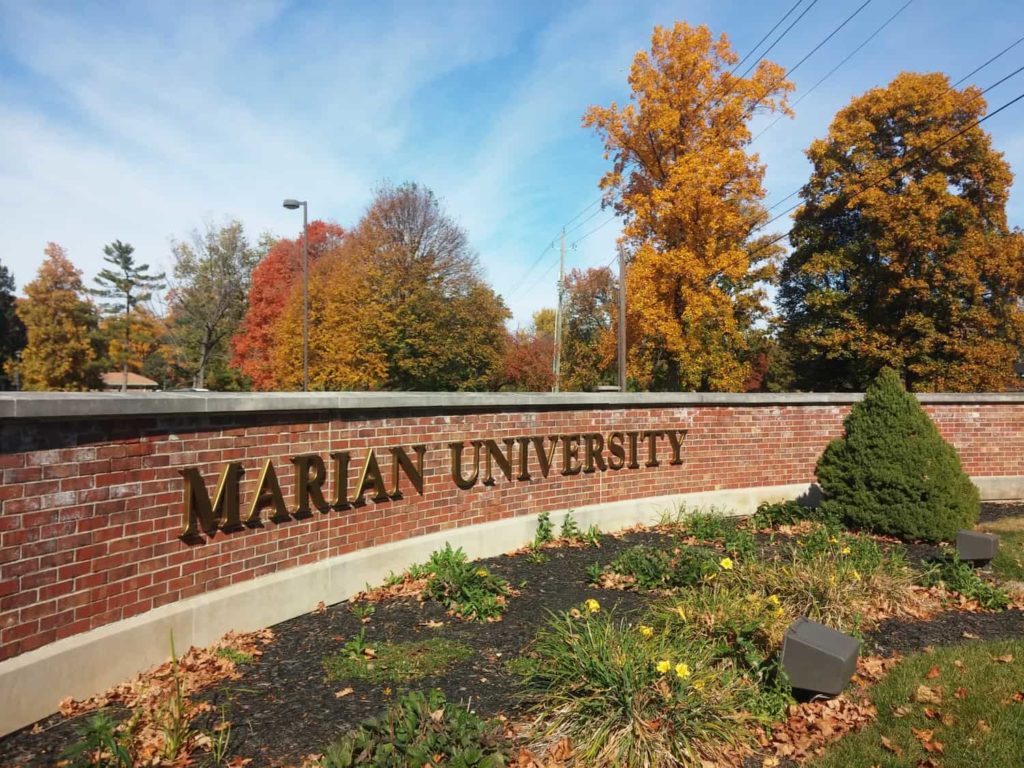
The new demands that were required of IT included temperature monitoring, capacity scanning and planning and contact tracing, things that Stanley openly admits he knew little of only 12 months ago. The technology that’s been required to have a university open back up was a whole new experience for Stanley, but there still remained an overarching IT strategy that needed to be addressed. “I still have to keep things moving, where there’s still licensing, there’s still equipment that’s aging, all of that,” says Stanley. “So, it really threw an extra amount of work in. But we were able to kind of parallel the work streams and still make it back. As we speak today, we’ve successfully had students back for about three weeks now.”
At the time of writing, the future remains uncertain and there is no guarantee that those students will not be sent back home in the near future although the immediate future looks good. What we can be certain of is that Marian University has worked extremely hard to ensure that it can still be there for its students in their time of need. There have undoubtedly been a number shifts in its IT strategic plan to cater towards more mobility and to be able to deliver that technology remotely and virtually for teaching. But Stanley affirms that the IT strategic plan has remained intact and all of the yearly schedules and goals are where they need to be. Looking to the future, the next 12 months and beyond, Stanley is keen to fully migrate into the cloud and to be able to continue to improve the University’s network offering. For him, the biggest complaint of any student is connectivity and so there will be constant work in improving that connectivity and improving the (already high) student satisfaction rate.
Working in the technology space is not easy. Combining that challenge with the challenges of serving a higher education facility and it becomes even more difficult. Stanley reflects on a piece of advice that has stuck with him throughout his career. “Don’t steer a cruise ship, like a speed boat,” he laughs. “An old manager told me that and it’s stuck with me because it is easy to chase the shiny objects because they are shiny, new and promise great benefits. But you cannot shift a large group of 5,000+ people that quickly, it just doesn’t work. The biggest key to success is setting a path and making sure that you’re always looking ahead. Yes, you’re going to encounter deviations off that path, but you need to know where you’re going. If you don’t plan and set a path, then you’re simply not going to accomplish your goals for the University.”
